People
7 Things to Know About Caravaggio on His 445th Birthday
See why this bad-boy artist is still getting attention, centuries after his death.
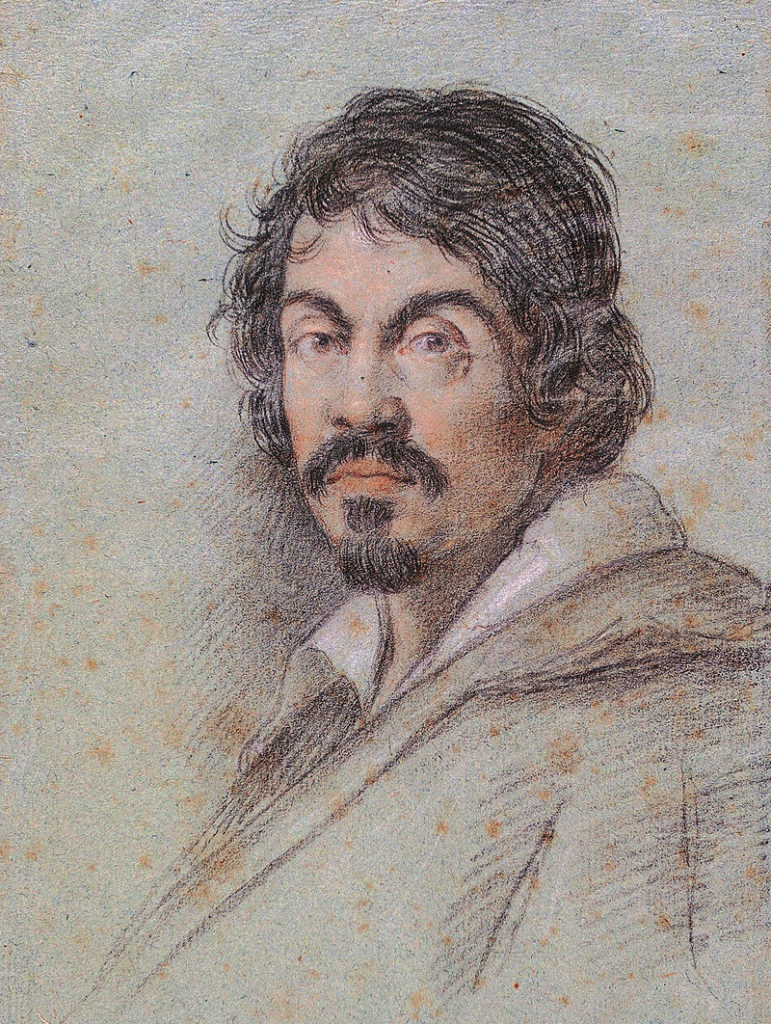
See why this bad-boy artist is still getting attention, centuries after his death.

Sarah Cascone

Today would have been the 445th birthday of Italian Baroque painter Caravaggio. He died young, at just 38, but the world remains captivated by his dramatically-lit canvases, which often depict brutal violence and other disturbing scenes.
In honor of the Old Master, here are seven facts about the captivating artist.
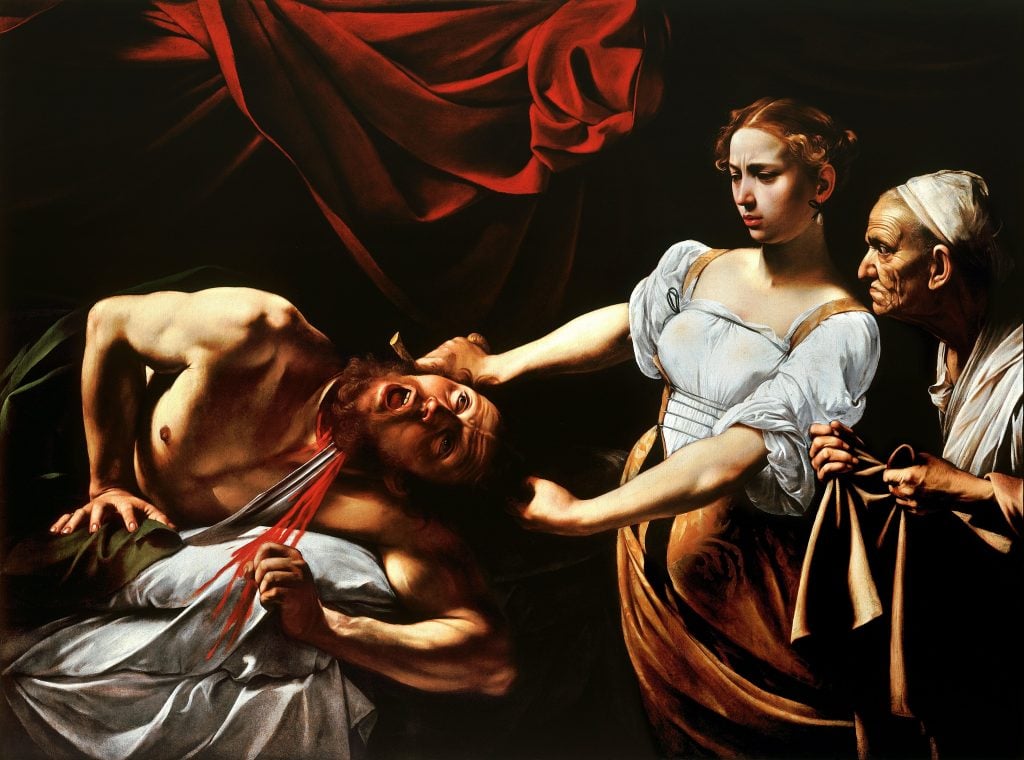
Caravaggio, Judith Beheading Holofernes (ca. 1598–99 or 1602). Collection of the Galleria Nazionale d’Arte Antica at Palazzo Barberini, Rome
1. “He had every possible defect of character.”
So wrote the New York Times on the occasion of “The Age of Caravaggio,” the 1985 exhibition at New York’s Metropolitan Museum of Art. NPR called him the “first of the bad-boy artists.”
Caravaggio left behind no letters, but there’s plenty to be learned from his court records, which include all manner of offenses: fighting with a waiter over an artichoke dish, harassing his landlady, disfiguring a courtesan who refused him—he was even convicted of murder, possibly over a game of tennis (or maybe in a revenge-fueled castration attempt gone awry), and subsequently forced to flee Rome for Naples.
2. Considered a master today, he was forgotten almost immediately after he died.
Shortly after Caravaggio’s death, classical French Baroque painter Nicolas Poussin allegedly said “he came to destroy painting,” and indeed, he was not well-remembered by his contemporaries. In his 2010 book, Caravaggio, Gilles Lambert wrote that “the shock waves produced by [Caravaggio’s] work were powerful and long lasting, and his reputation did not survive them. His name was forgotten, and he had to wait three hundred years for his reputation to be vindicated.”
His latter-day reputation is due in no small part to American art historian Bernard Berenson, who wrote: “With the exception of Michelangelo, no other Italian painter exercised so great an influence.”
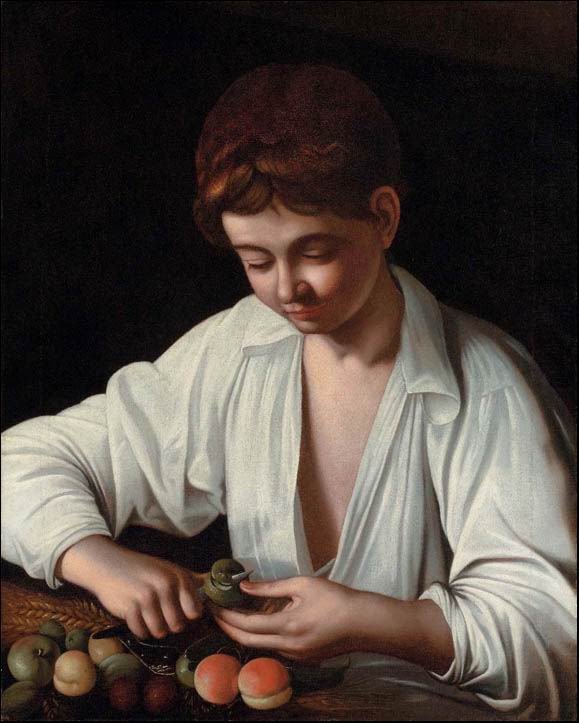
Caravaggio, Boy Peeling a Fruit (1591). Courtesy of Christie’s.
3. His auction record is surprisingly low.
Earlier this year, a long-lost Caravaggio turned up in a French attic, and was valued at an astonishing $137 million. In 2015, Sotheby’s won a case over a Caravaggio reportedly worth $15.8 million, with the judge ruling the auction house had not been negligent in selling what they thought was a copy of The Cardsharps for just £42,000 ($63,700).
According to the artnet Price Database, however, Caravaggio hasn’t come close to reaching such heights at auction. His top sale at the block, of $145,500, was achieved at Sotheby’s New York in 1998. An early work by the master, Boy Peeling a Fruit, failed to find a buyer when it went up at Christie’s New York with a $3 million–5 million estimate last year. (Private sales are another matter.)
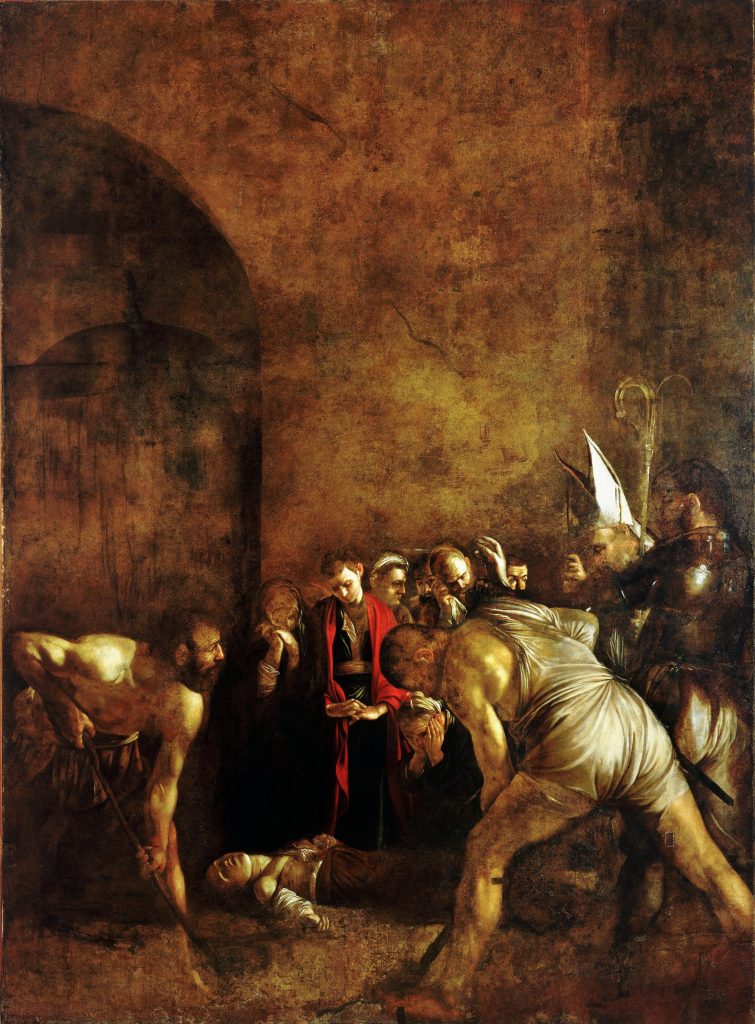
Caravaggio, The Burial of Saint Lucy (1608). Collection of the Chiesa di Santa Lucia al Sepolcro, Syracuse, Italy.
4. Everyone wants a piece of him.
Two Italian churches have quite a feud over Caravaggio’s The Burial of Saint Lucy (1608). Siciliy’s Basilica of Santa Lucia al Sepolcro owned the painting, but lent it to Santa Lucia alla Badia in 2010 during restoration work.
The latter church found the work to be quite the tourist draw, attracting over 3,000 visitors a day, and declined to give it back when the basilica asked five years later. The dispute is still ongoing.
5. He survived a murder attempt…
Exiled from Rome, Caravaggio made his way to Malta, where he joined the Sovereign Military Hospitaller Order of Saint John of Jerusalem of Rhodes and of Malta, or Knights of Malta for short. Soon after, he is thought to have injured Fra Giovanni Rodomonte Roero, a high-ranking member of the order.
On the run in Naples, Caravaggio narrowly avoided death at the hands of a group of armed men, likely commanded by Roero, writes Andrew Graham-Dixon in Caravaggio: A Life Sacred and Profane. The artist suffered a terrible injury to his face, and there were even reports that he had died in the attack.
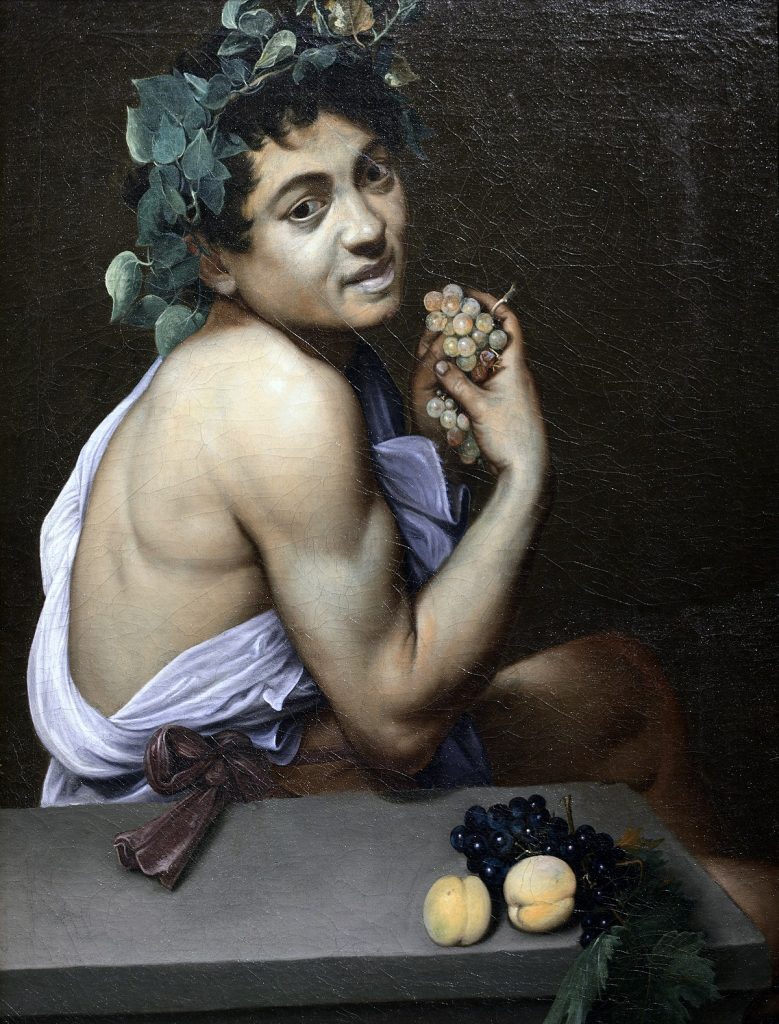
Caravaggio, Young Sick Bacchus (ca. 1593). Collection of the Galleria Borghese, Rome.
6. …but his art may have killed him.
In 2010, scientists tested what they believed to be Caravaggio’s remains, and found they contained high levels of lead that could have driven him mad, explaining some of his erratic behavior.
“The lead likely came from his paints—he was known to be extremely messy with them,” researcher Silvano Vinceti told the Guardian. “Lead poisoning won’t kill you on its own—we believe he had infected wounds and sunstroke too—but it was one of the causes.”
(Another theory is that the Knights of Malta succeeded in a second attempt on his life.)
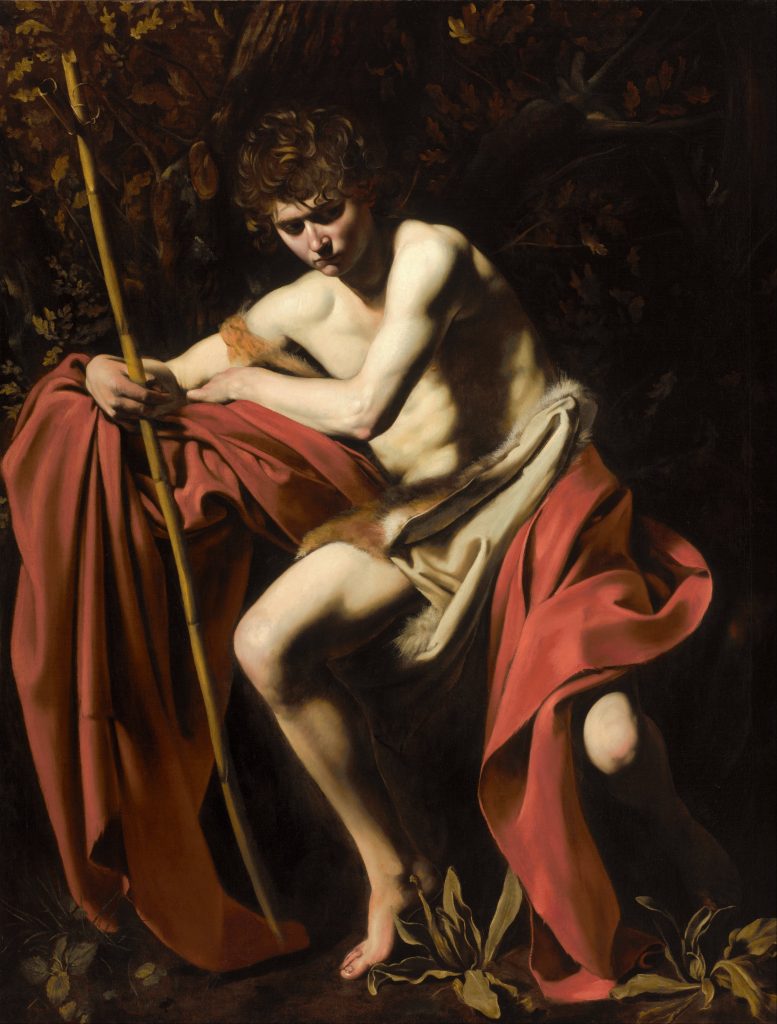
Caravaggio, Saint John the Baptist in the Wilderness (1604–05). Collection of the Nelson-Atkins Museum of Art, Kansas City.
7. Caravaggio is now a jet-setter.
At a recent luncheon in New York, Julián Zugazagoitia, director of Kansas City’s Nelson-Atkins Museum of Art, admitted he was jealous of all the frequent flier miles racked up by the institution’s Saint John the Baptist in the Wilderness, a frequent target of loan requests.